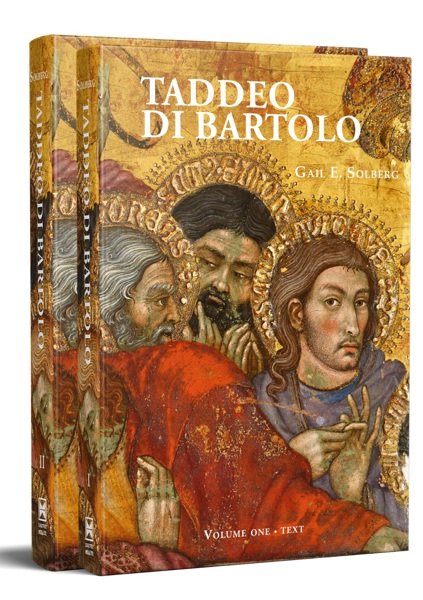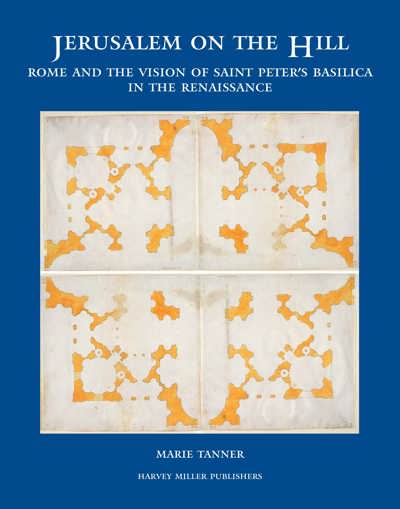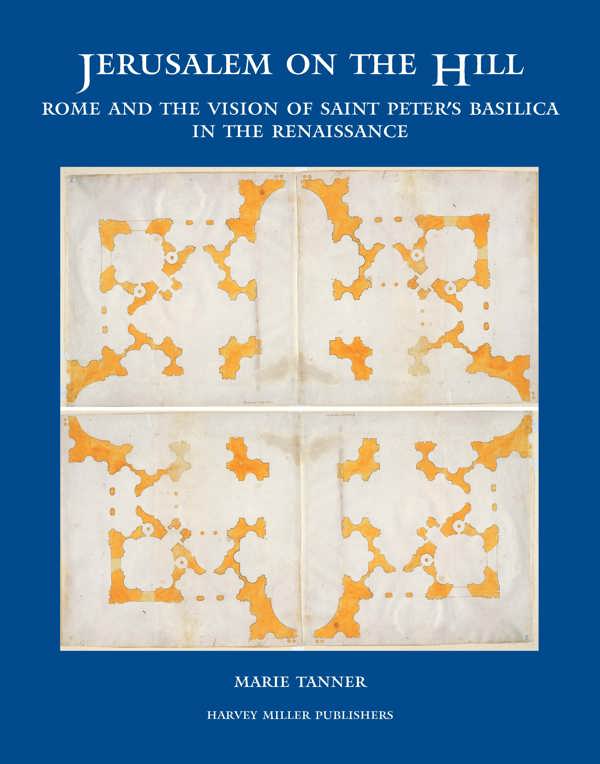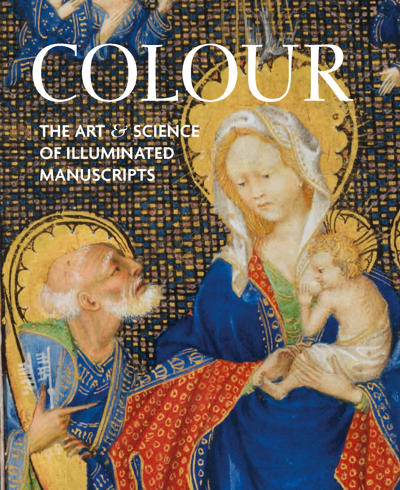
Jerusalem on the Hill. Rome and the Vision of Saint Peter's Basilica in the Renaissance
Marie Tanner
- Pages: 288 p.
- Size:220 x 280 mm
- Illustrations:113 b/w, 59 col.
- Language(s):English
- Publication Year:2011
- € 120,00 EXCL. VAT RETAIL PRICE
- ISBN: 978-1-905375-49-3
- Hardback
- Available
"This volume by independent scholar Tanner is a formidable addition to the literature on the church of St. Peter's in Rome [...]. Elegantly produced with a wealth of useful images, this book is destined to become a staple of St. Peter's scholarship. Summing up: Essential. Lower-level undergraduates through researchers/faculty." (D. Pincus, in Choice, vol. 49, No. 2, October 2011)
"Those who spend time with this book will discover a wealth of associative material pertaining, closely or loosely, to the conception of the papacy in the Renaissance and its program for New Saint Peter’s. Regardless of whether those associations entirely convince the reader, one cannot leave the book without a deeply enriched sense of the connections between the Basilica and imagery derived from Roman antiquity, Renaissance theory, and knowledge of Jerusalem. A huge part of the argument is sustained by impressive photographs of all visual aspects of these associations. For these images alone the book is essential for specialists. There they will find one of the most lavishly produced pieces of scholarship on Saint Peter’s to appear in recent decades. If one’s approach to the construction of Saint Peter’s is ideological, literary, and associational—rather than aesthetic or technical—there is no better reference to the history of the Basilica." (Tod A. Marder, in: Sacred Architecture Journal, Volume 23, Spring 2013)
This author analyzes the Renaissance rebuilding of Saint Peter's basilica as a mirror of the political fortunes of the papacy. The project to revitalize the basilica as the center of a resurgent Church proceeded in step with the goal to reassert papal authority across the Italian peninsula, and to extend that authority to the Eastern Mediterranean by mounting a crusade to recover the Holy Land. By embedding references to the Holy Land in the fabric of the new basilica, the architecture itself became the expressive voice of the papacy's political agenda. Peter's tomb provided the fulcrum of a program to transform the basilica, and all of Rome, into a new Jerusalem. As introduced by Nicholas V (1447-1455) and refined by Julius II (1503-1513), these ideas were translated into physical form by Donato Bramante. Drawing inspiration from innovations developed elsewhere in Italy, and with heightened sensitivity for the expressive power of ancient and medieval architecture, he forged a new vocabulary that would transform the entire subsequent history of the built environment. This book is about how that process of transformation was rooted in papal ideology.
"There are a lot of intriguing ideas to ponder (in Dr. Tanner's) book with its rich complement of illustrations and a text that should stir things up with bold proposals of iconographies that have not been dealt with previously in the huge bibliographies on St. Peter's." James S. Ackerman, Arthur Kingsley Porter Professor of Fine Arts Emeritus, Harvard University
"Dr. Tanner's volume focuses on the significance of planning in the mid-15th century proposed for St. Peter's in Rome during the reign of Nicholas V (1447-1455) [...] With the tomb of the apostle chosen to be the foundation of St. Peter's, also crucified and entombed near the site of his crucifixion, Rome could become "The New Jerusalem". Dr Tanner's study richly details the lasting significance of decisions made in the early years of the construction of new St. Peter's." Henry A. Millon, Dean Emeritus, Center for Advanced Study in the Visual Arts





